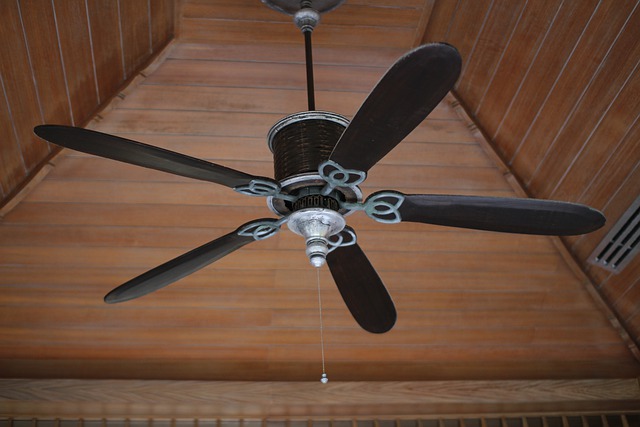The Most Energy-efficient Appliance in Your Home (and How to Improve Its Performance)
Energy efficiency is a highly sought-after feature in home appliances these days, as energy costs skyrocket and consumers become more and more concerned about climate change. Fortunately, this has prompted appliance manufacturers to improve their designs and create various household tools that use resources responsibly and ensure lower utility bills for homeowners.
Yet, by far the most energy-efficient appliance you can have in your home — the appliance that not only uses negligible energy to run but also improves the efficiency of other appliances — is the humble ceiling fan. Read on to learn why ceiling fans are the best investment you can make for your home and how you can improve their performance even more.
Ceiling Fans Use Almost No Energy
A well-known fact about ceiling fans is that they allow you to raise the temperature on your thermostat by up to four degrees without altering how your home feels. This is because the ceiling fan takes advantage of your body’s natural cooling system. In truth, the circulating air created by the ceiling fan is not any cooler than the still air in other spaces of your home, but because the moving air is more effective at wicking sweat away from the skin, a ceiling fan helps you feel cooler than you would in a room where no ceiling fan is running.
That extra four degree has a major impact on your home’s energy expenditure. Experts estimate that every degree lower than 75 degrees Fahrenheit could increase your energy bill by about 10 percent, which is certainly true if you live in an area where the climate is particularly hot. Though the energy demanded by a ceiling fan depends on the size of the fan and the intensity of its settings, even the largest and fastest fan does not come close to consuming as much energy as an HVAC unit. You could keep a ceiling fan running 24/7 in every room of your home and still experience cost savings during the hottest seasons thanks to the ceiling fan’s wondrous energy efficiency.

What’s more, there are ways you can boost the energy efficiency of your ceiling fan. The fan’s cooling effect only works if you are around to experience it; the moving air cannot wick sweat away if there is no sweat around to be wicked. Thus, you should avoid turning off your ceiling fan when you are not at home — or, better yet, when you are not in the room. This ensures that you are not wasting energy (and money) on an appliance that is having absolutely no effect. If you have trouble remembering to turn your fan on and off, you might invest in a houseful of smart ceiling fans, which you can control through geofencing or your connected smart device from anywhere in the world.
While you are thinking about ceiling fan settings, you might also double-check that your ceiling fan is rotating the right way. The ceiling fan’s blades are slightly tilted to allow them to pull air from one side of the fan and push air to the other side. Many homeowners mistakenly believe that fans are supposed to push air into the room, so they set their fixtures to rotate clockwise during the summer months — but this is a mistake. In truth, your ceiling fan should rotate counter-clockwise, which allows it to pull the hot air out of the room and hold it close to the ceiling. This still creates the sweat-wicking airflow and it ensures that the cool air pumped from your HVAC has space to sink into your living spaces. Then, in the wintertime, you can reverse the rotation, pushing the risen hot air into your rooms for additional heating.
Finally, all appliances experience wear and tear that reduce their energy efficiency over time.
To keep your ceiling fans running optimally for as long as possible, you need to engage in some routine maintenance. At least once per month, you should clean the dust and grime off your fan blades and motor casing. Once per year or so, you should use a screwdriver to ensure that screws around the fan are properly tight. You might need to oil the motor bearings every so often, as well.
As eager as you might be to replace your existing kitchen and laundry appliances with energy-efficient alternatives, truly the best thing you can do for the energy efficiency of your home is install ceiling fans — but with the right make and model, this can be exciting, too.



Comments are closed.